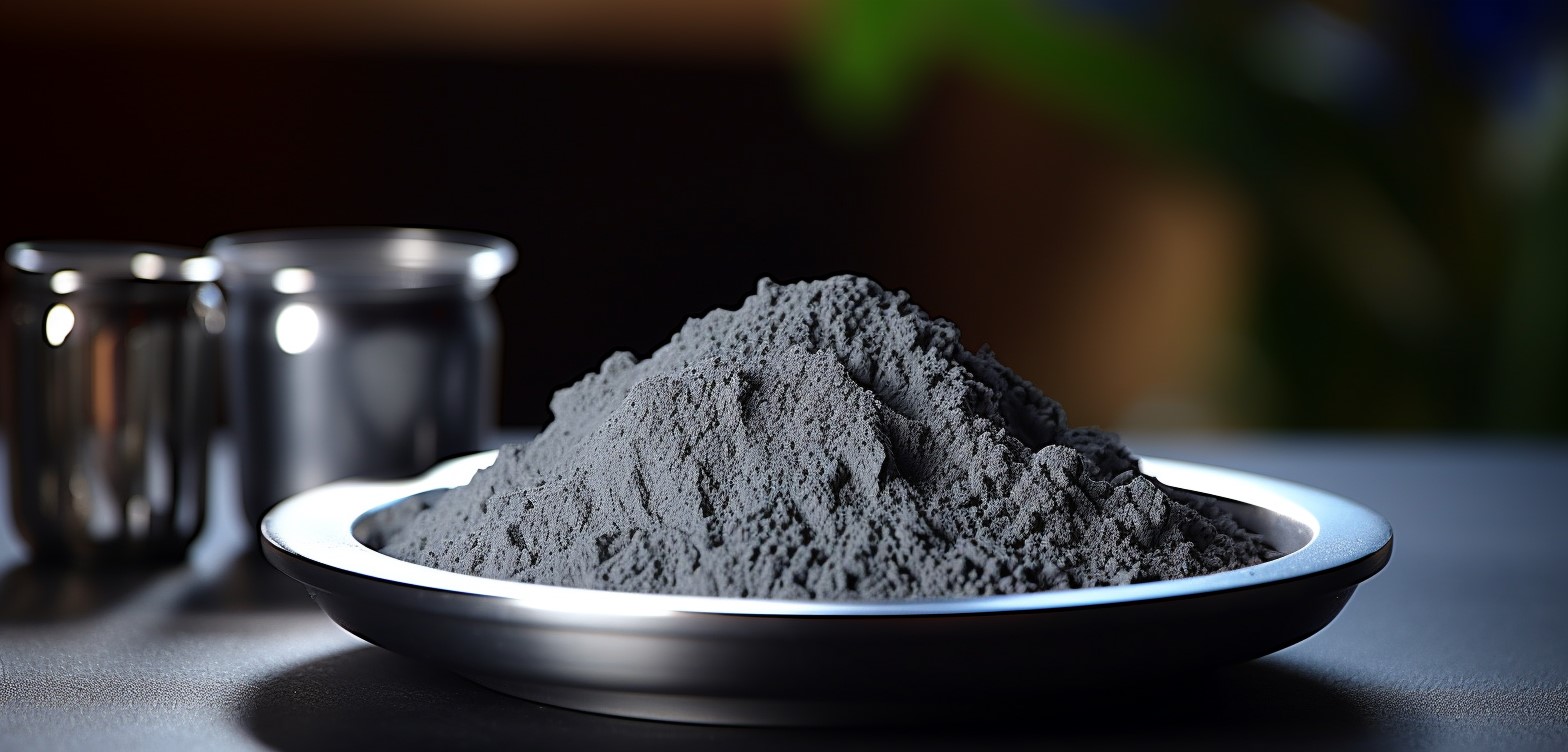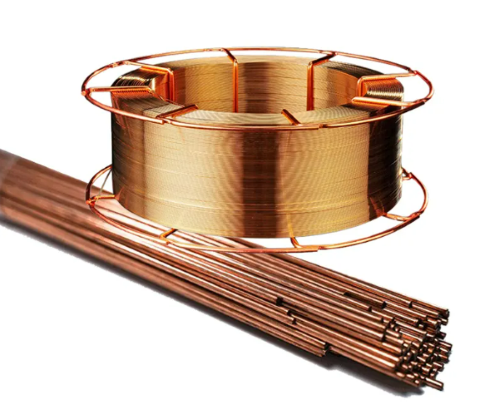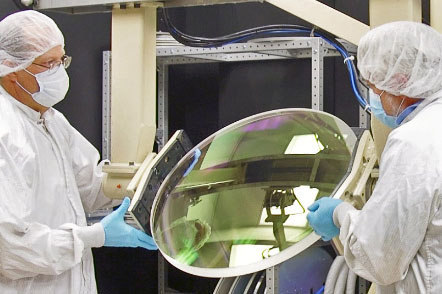Tubi capillari: Tipi e applicazioni
I tubi capillari sono tubi piccoli e sottili con un diametro interno stretto che svolgono un ruolo essenziale in diverse applicazioni scientifiche, industriali e mediche. Sono ampiamente utilizzati in campi quali la meccanica dei fluidi, la misurazione della temperatura, la cromatografia e la refrigerazione. Esploriamo i suoi tipi, i vantaggi e le diverse applicazioni.
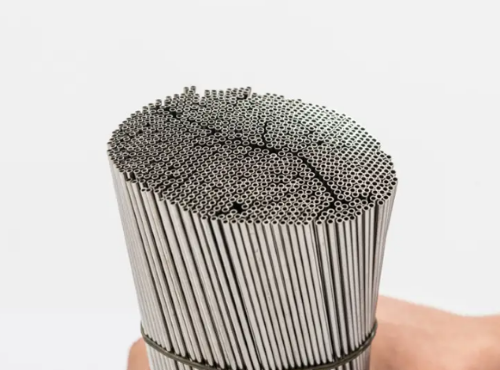
Cosa sono i tubi capillari?
Itubi capillari sono tubi a parete sottile con un diametro interno che varia da pochi micrometri a pochi millimetri. Questi tubi sono solitamente realizzati in materiali come vetro, acciaio inossidabile o plastica, a seconda dell'applicazione. La caratteristica che li contraddistingue è la capacità di esercitare l'azione capillare, un fenomeno per cui i liquidi salgono in un tubo stretto a causa della tensione superficiale. Ciò rende i tubi capillari utili nelle applicazioni che richiedono il movimento dei fluidi o la misurazione di piccoli volumi di liquido.
L'azione capillare si verifica grazie all'interazione tra il liquido e la superficie del tubo. Quando il liquido viene aspirato nello spazio ristretto, aderisce alle pareti del tubo, mentre la tensione superficiale del liquido lo fa salire contro la gravità. Questo effetto è fondamentale in molti dispositivi e sistemi che si basano su un flusso preciso di liquidi. Di seguito è riportata un'illustrazione dell'azione capillare, che mostra come il liquido interagisce con una superficie polare come il vetro (≡Si-OH).
 [1]
[1]
Vantaggi e benefici
- Precisione nel movimento del fluido: I tubi capillari sono ideali per le applicazioni che richiedono un controllo preciso del movimento dei liquidi. I loro piccoli diametri interni consentono di spostare i fluidi in quantità ridotte e precise.
- Nessuna necessità di alimentazione esterna: Uno dei principali vantaggi dei tubi capillari è che funzionano grazie a forze fisiche naturali, come la tensione superficiale e l'azione capillare. Ciò significa che non richiedono fonti di energia esterne, come pompe o motori, per spostare i liquidi.
- Basso costo: Questi tubi sono relativamente economici da produrre, soprattutto quelli in vetro. Il loro basso costo li rende una soluzione interessante per molti settori in cui è richiesta precisione senza la necessità di macchinari complessi.
- Design compatto: Grazie alle loro dimensioni ridotte, questi tubi sono ideali per le applicazioni in cui lo spazio è limitato o dove sono richieste quantità minime di liquido. La loro compattezza li rende facilmente integrabili in sistemi o dispositivi di piccole dimensioni.
- Versatilità: I tubi capillari sono disponibili in vari materiali, come vetro, acciaio inox e plastica, che li rendono adatti all'uso in un'ampia gamma di ambienti, compresi quelli ad alta temperatura o corrosivi.
Tipi di materiali dei tubi capillari
Itubi capillari sono disponibili in diversi materiali, dimensioni e design, ciascuno adatto ad applicazioni specifiche. I tipi più comuni sono:
1. Tubi capillari in vetro
I tubi capillari in vetro sono il tipo più comunemente usato e sono tipicamente utilizzati in laboratorio. Sono trasparenti e consentono di osservare facilmente il liquido all'interno. I tubi di vetro sono ideali per le applicazioni in cui la visibilità è importante, ad esempio per il monitoraggio del movimento dei fluidi negli esperimenti. Sono inoltre chimicamente inerti, il che li rende adatti a un'ampia gamma di applicazioni chimiche.
Applicazioni: Vengono utilizzati per la misurazione della temperatura, ad esempio nei termometri, e negli esperimenti di laboratorio in cui è necessario studiare il comportamento dei fluidi.
2. Tubi capillari in acciaio inox
Itubi capillari in acciaio inox sono utilizzati nelle applicazioni industriali più impegnative, dove la durata e la resistenza alla corrosione sono fondamentali. Questi tubi sono ideali per applicazioni che coinvolgono sistemi ad alta pressione o sostanze chimiche aggressive. La loro resistenza meccanica li rende adatti alla manipolazione di liquidi sotto pressione, soprattutto nei sistemi che richiedono precisione.
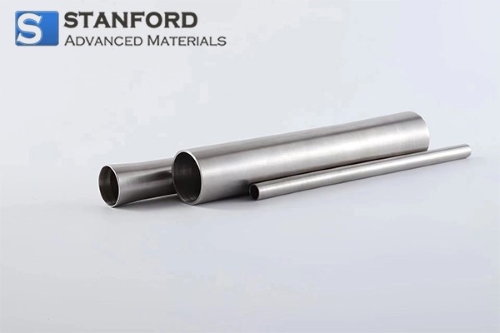
Applicazioni: Sono comunemente utilizzati nei sistemi di refrigerazione, nei sistemi idraulici e nei dispositivi medici.
3. Tubi capillari in plastica
I tubi capillari in plastica, realizzati con materiali come il policarbonato o il teflon, sono leggeri e resistenti agli agenti chimici. Sono flessibili e possono essere modellati in varie forme, il che li rende adattabili a diverse applicazioni. I tubi di plastica sono spesso utilizzati in applicazioni meno impegnative, dove il costo e il peso sono fattori importanti.
Applicazioni: Utilizzati nei prodotti di consumo, nei dispositivi medici e in vari sistemi di gestione dei fluidi.
4. Tubi capillari bimetallici
I tubi capillari bimetallici sono composti da due metalli diversi, in genere legati tra loro. Questi tubi sono utilizzati principalmente nelle applicazioni di rilevamento della temperatura perché i due metalli si espandono a velocità diverse, consentendo loro di agire come un interruttore sensibile alla temperatura.
Applicazioni: Ampiamente utilizzati nei termostati e nei sistemi di refrigerazione per regolare la temperatura.
Applicazioni dei tubi capillari
I tubi capillari sono impiegati in un'ampia gamma di settori, dalla ricerca scientifica ai processi industriali. Ecco alcune delle loro applicazioni più importanti:
1. Sistemi di refrigerazione
Nella refrigerazione, sono un componente essenziale del sistema di valvole di espansione. Il capillare controlla il flusso di refrigerante dal lato ad alta pressione a quello a bassa pressione del sistema. La pressione del refrigerante si riduce quando passa attraverso lo stretto tubo, che lo fa espandere e raffreddare, provocando l'effetto di raffreddamento. Questa applicazione è comune nelle unità di condizionamento e refrigerazione.
2. Termometri
Sono utilizzati nei termometri a liquido in vetro, in cui il tubo capillare contiene un liquido (solitamente mercurio o alcol) che si espande o si contrae in base alle variazioni di temperatura. Quando la temperatura aumenta, il liquido nel tubo si sposta verso l'alto, consentendo letture precise della temperatura. I tubi capillari consentono misurazioni precise anche con variazioni di temperatura molto piccole.
3. Cromatografia
Nelle tecniche cromatografiche, i tubi capillari sono utilizzati nella cromatografia su strato sottile (TLC) o nella gascromatografia (GC). Questi tubi consentono di separare con precisione le sostanze utilizzando l'azione capillare per spostare i solventi attraverso una fase stazionaria. Questa tecnica è ampiamente utilizzata nelle analisi chimiche per identificare e quantificare i diversi componenti di un campione.
4. Studi sul flusso di fluidi
I tubi capillari sono spesso utilizzati in laboratorio per studiare il comportamento dei fluidi in condizioni controllate. Misurando la distanza di risalita di un liquido in un tubo capillare, i ricercatori possono determinare proprietà importanti come la tensione superficiale e la viscosità. Questi studi sono fondamentali in campi come la fisica, la chimica e la biologia.
5. Dispositivi medici
Nelle applicazioni mediche, sono utilizzati in dispositivi come le provette per il prelievo di sangue e le apparecchiature per il prelievo di sangue capillare. Le loro dimensioni ridotte consentono di prelevare volumi molto piccoli di sangue o di altri fluidi corporei, un'operazione fondamentale per i test diagnostici. I tubi capillari sono utilizzati anche in alcuni tipi di termometri medici.
6. Sistemi idraulici
I tubi capillari in acciaio inox sono utilizzati nei sistemi idraulici, dove aiutano a controllare il flusso del fluido in ambienti ad alta pressione. Questi tubi sono fondamentali per regolare il flusso dell'olio o di altri fluidi nei macchinari, garantendo un funzionamento regolare ed efficiente.
7. Wicking e movimento dei fluidi
I tubi capillari sono utilizzati anche nelle applicazioni di wicking, dove aiutano il movimento dei liquidi attraverso le superfici. Ciò è particolarmente utile per assorbire i liquidi in alcuni processi industriali o nella costruzione di dispositivi come le penne a inchiostro, dove l'azione capillare aiuta ad attirare l'inchiostro verso la punta della scrittura.
Conclusione
I tubi capillari possono controllare con precisione il movimento dei fluidi senza bisogno di energia esterna, rendendoli preziosi nei sistemi di refrigerazione, nella misurazione della temperatura, nella cromatografia e nei dispositivi medici.
Stanford Advanced Materials (SAM) è in grado di fornire tubi capillari di elevata purezza e a prezzi competitivi, tra cui acciaio inossidabile, leghe a base di nichel e metalli preziosi. Per usi industriali, scientifici o medici, i tubi capillari di SAM sono progettati per soddisfare le esigenze specifiche di ogni cliente.
Riferimenti:
[1] Azione capillare. (2024, 30 dicembre). In Wikipedia. https://en.wikipedia.org/wiki/Capillary_action#


